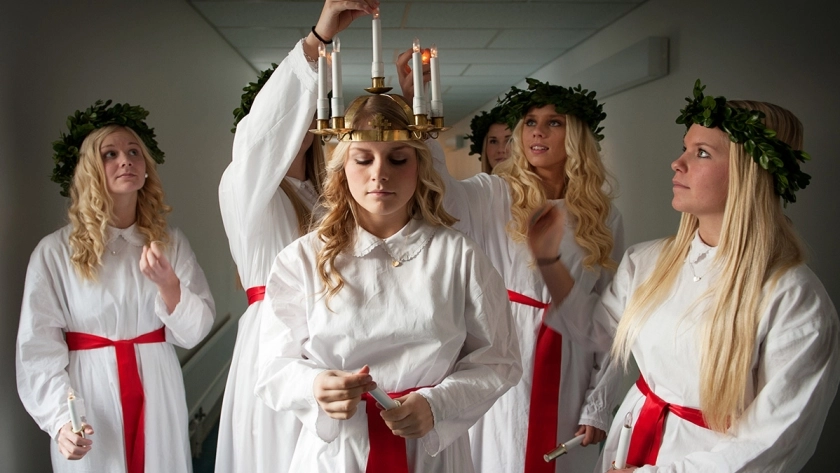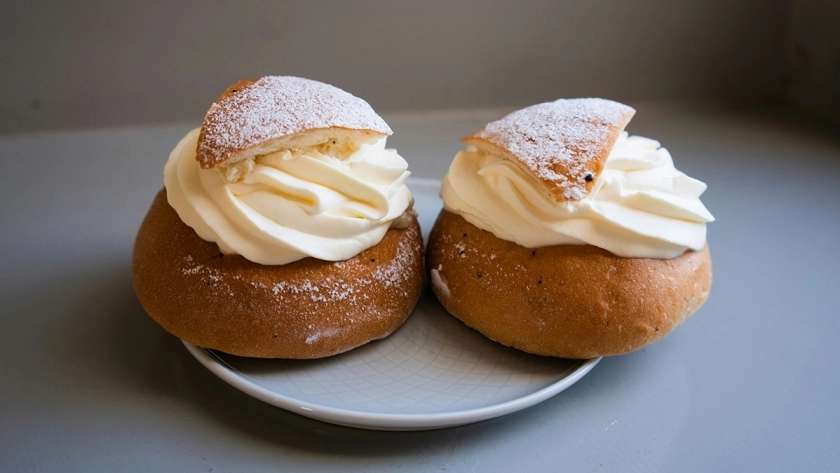
The Feast of Saint Lucia, or Luciadagen in Swedish, is a deeply rooted and popular tradition in Sweden. Celebrated every year on December 13, this feast, which takes place during the Advent season, marks a turning point in the long, dark period of the Nordic winter: the shortest day of the year, but also the turning point towards shorter nights and longer days. For a Swede, this day takes on a very special meaning, symbolizing a bit of light at the end of the long tunnel. Logically, Saint Lucia should fall on December 21, which is in fact the shortest day of the year, i.e., the winter solstice, according to our current calendar. However, the reason for choosing December 13 stems from a combination of several religious, historical, and cultural factors.
Who is Saint Lucia?
Although the exact origins of Saint Lucia are somewhat unclear and mixed with pre-Christian customs, Saint Lucia (or Santa Lucia in Italian) was a Christian martyr from Syracuse in Sicily, who lived in the 3rd century. According to legend, Lucia, a young Christian woman of great piety, was killed for refusing to marry a pagan and for distributing her dowry to the poor. She is often depicted wearing a crown of candles, symbolizing the light she brought into the darkness. Lucia comes from the Latin word lux, meaning light, and is a symbol of hope and faith. Lucia also became the patron saint of Syracuse.
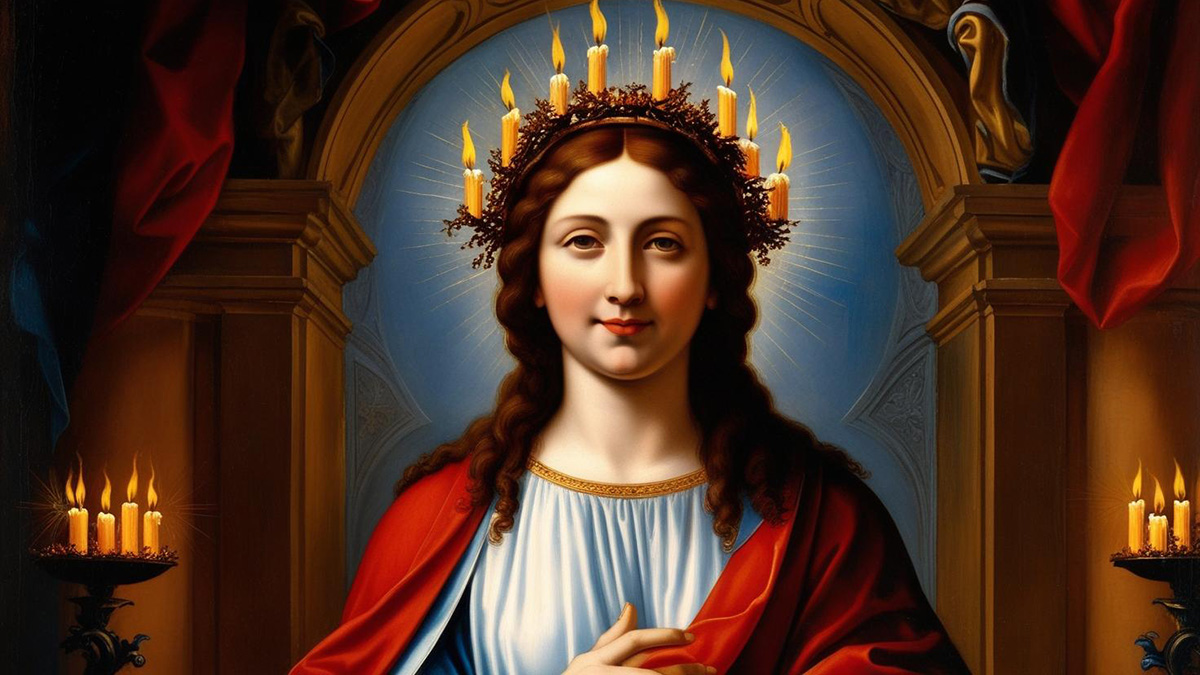
Why December 13?
Simply because, before the adoption of the Gregorian calendar, December 13 roughly coincided with the winter solstice: the shortest day of the year in the Northern Hemisphere.
In Sweden, this Christian celebration arrived with the Christian missionaries who came to evangelize Scandinavia around the 11th century and introduced Catholic saints. Over time, it gradually blended with pagan customs related to the celebration of the winter solstice, a time when Swedes desperately seek light to get through the long winter nights. It is said that Scandinavians believed that, during this time of year, the hidden light of the sun slowly began to return, and the rituals of the Feast of Saint Lucia can thus be seen as a way to welcome this return of light, beyond its purely Christian aspect.
On December 13, it must be understood, the days are particularly short in Sweden, with the sun rising around 8:30 AM and setting at 2:30 PM. This cult of light seems more than legitimate. Saint Lucia brings light, and even symbolically, this abundant illumination represents a form of resistance to the darkness and the hope of what is to come.
The Celebration of Saint Lucia in Sweden
In Sweden, the Feast of Saint Lucia is primarily a celebration of light. It begins early on the morning of December 13, often with a procession of young girls dressed in white robes and wearing crowns of candles. The person chosen to embody Saint Lucia in the procession wears the most spectacular crown, with lit candles. This image of the young Lucia, glowing amidst the winter darkness, is deeply ingrained in Swedish culture.
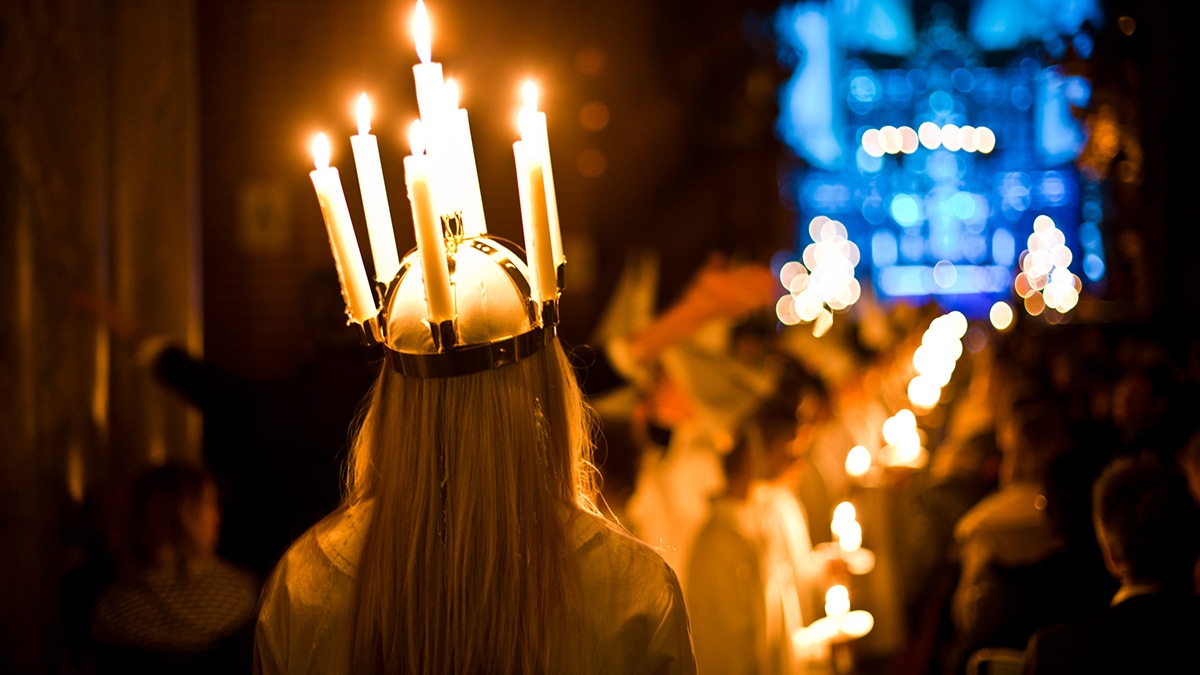 Credits: Henrik Trygg/Johnér/imagebank.sweden.se
Credits: Henrik Trygg/Johnér/imagebank.sweden.se
The Saint Lucia procession is often accompanied by traditional songs, notably the famous "Sankta Lucia", a song that evokes light and joy. The children also march with candles (or battery-operated lamps for safety reasons), singing hymns and traditional carols.
These processions take place in schools, churches, and even in homes, making the day particularly magical. All the children dress up for the occasion: Lucia wears a white robe (symbolizing purity) and a red sash (representing Saint Lucia's martyrdom), and of course, a crown adorned with candles as she leads the procession.
Behind her follow other children dressed as:
- tärnor (bridesmaids), who also wear white robes with a silver or gold sash and a simpler crown;
- stjärngossar (star boys), who wear large pointed hats decorated with golden or silver stars to evoke a starry sky;
- tomtenissar (elves), who wear traditional red and white clothing and hats.
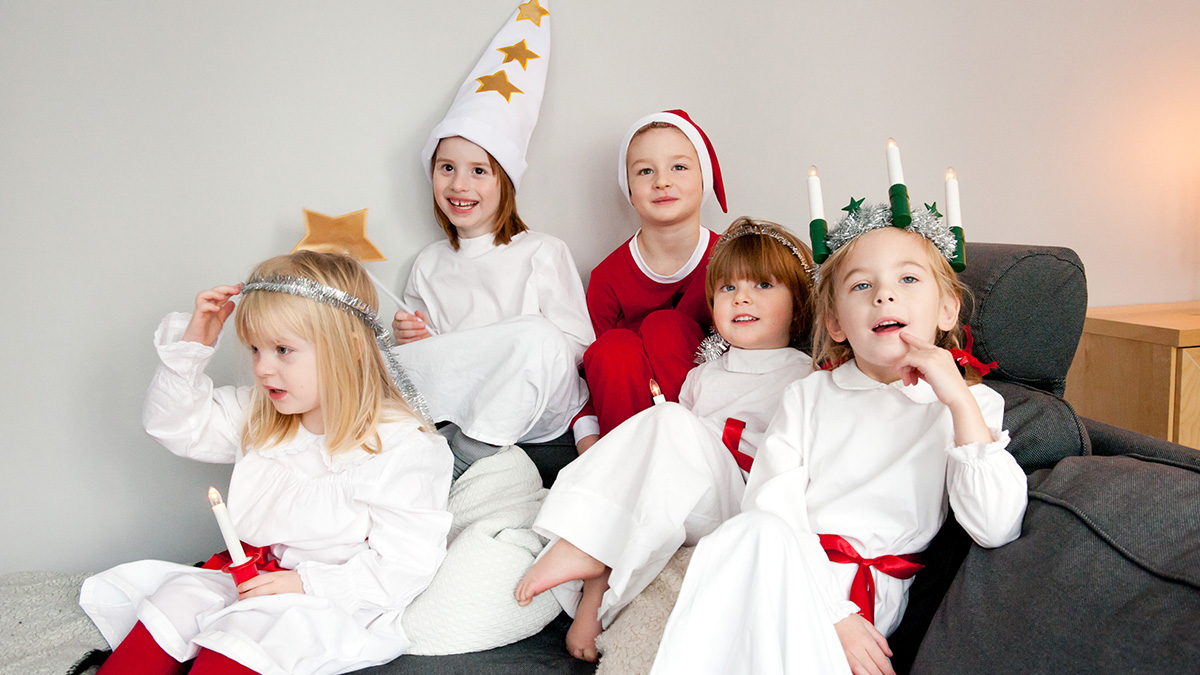 Credits: Cecilia Larsson Lantz/Imagebank.sweden.se
Credits: Cecilia Larsson Lantz/Imagebank.sweden.se
The youngest children are dressed as pepparkaksgubbar (gingerbread men) and wear brown costumes, sometimes decorated with white patterns to resemble traditional spiced cookies often decorated with white sugar.
Every year since the 1950s, Swedish national television broadcasts live the procession and the concert that follows on December 13 at 7 AM from an iconic location: a majestic cathedral, a royal castle, or ruins. The lighting is carefully dimmed to enhance the atmosphere and unite Swedes around this tradition, which is still widely followed in Sweden.
In 2024, the event will take place in the Sätra Brunns Cathedral in Sala, in the Västmanland region. This concert remains available online on the SVT Play platform, allowing a wider audience to watch it.
You can watch the Lucia broadcast from December 13, 2024, here
The outdoor museum in Stockholm, Skansen, also offers several Saint Lucia concerts on December 13, organized in the old Seglora kyrka church in the eco-park. You need to plan ahead and wait in the cold to be among the lucky few who will have the chance to hear a famous choir for this exceptional but entirely free concert, as long as you have paid the entrance fee to the park.
Other traditions associated with Saint Lucia: lussekatter
In the past, on the morning of Saint Lucia, the tradition was for children to bring breakfast to their parents in bed while singing, as a sign of gratitude.
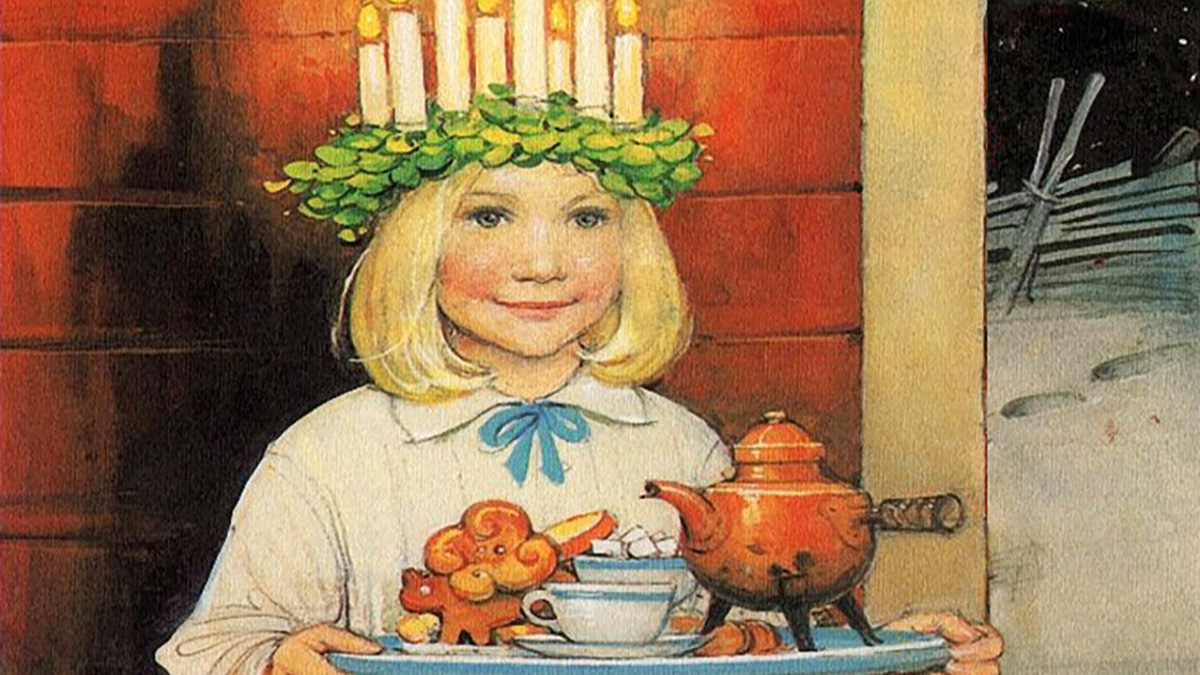 Artel via Plum Leaves och Flickr
Artel via Plum Leaves och Flickr
Today, Swedish families typically gather around a special breakfast, often consisting of lussekatter (small saffron buns shaped like an "S", sometimes decorated with raisins). These yellow pastries are another symbol of light and warmth, perfectly in line with the spirit of the celebration. They are accompanied by coffee, hot chocolate, and sometimes traditional biscuits.
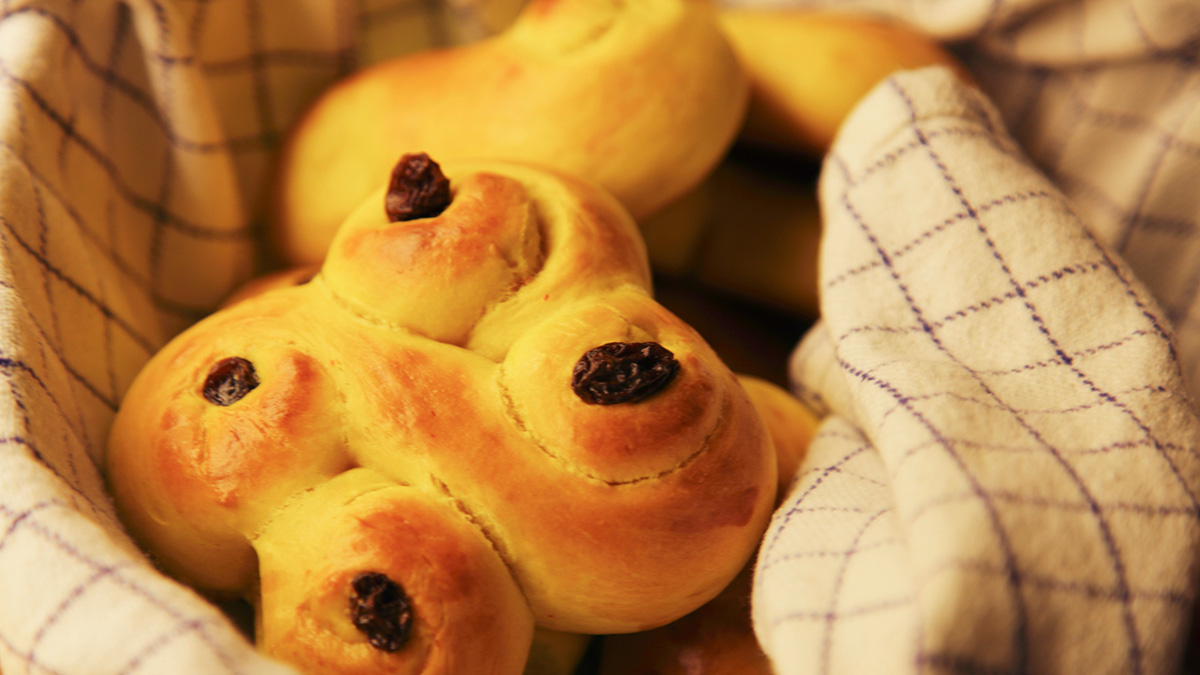 Credits: Maskot/Folio/imagebank.sweden
Credits: Maskot/Folio/imagebank.sweden
Why this strange name?
"Lussekatter" means "Lucia's cats" .And one might really wonder what cats have to do with the story? Several theories, linked to legends and the particular shape of the pastry, are often put forward to explain this name.
According to a Germanic folk belief, the devil took the form of a black cat to spread fear. To counter this evil influence, saffron-colored buns (symbolizing light and goodness) were said to be baked and given to children to protect them from harm.
Another version refers to a pre-Christian legend: the Night of Lussi, which roughly coincided with the night of December 13. Lussi was a frightening pagan figure who, according to legend, traveled with cats or other creatures. The buns were thought to help ward off spirits in this context as well.

Finally, one last hypothesis is related to the shape of the pastry itself, in the form of an "S," which can be seen as two opposing spirals, suggesting balance or harmony. Its smooth, symmetrical curves evoke a sense of security. The lussekatter embody a soothing light in the winter darkness, much like a curled-up, sleeping cat that brings calm and serenity to a home.
Cats inspire me...
This metaphor continues to inspire advertisers at Pressbyrån (a popular Swedish chain of small convenience stores found throughout the country), who, for the past two years, have been competing creatively for Saint Lucia and organizing a contest that allows cat owners to enter their feline companions in a "Cat of the Year" competition, all while selling billions of saffron buns. The animal has a huge sympathy factor and a remarkable power of seduction, especially with housewives of all ages. This year’s campaign runs from November 25 to December 13, Saint Lucia's Day, when the winner will be announced...
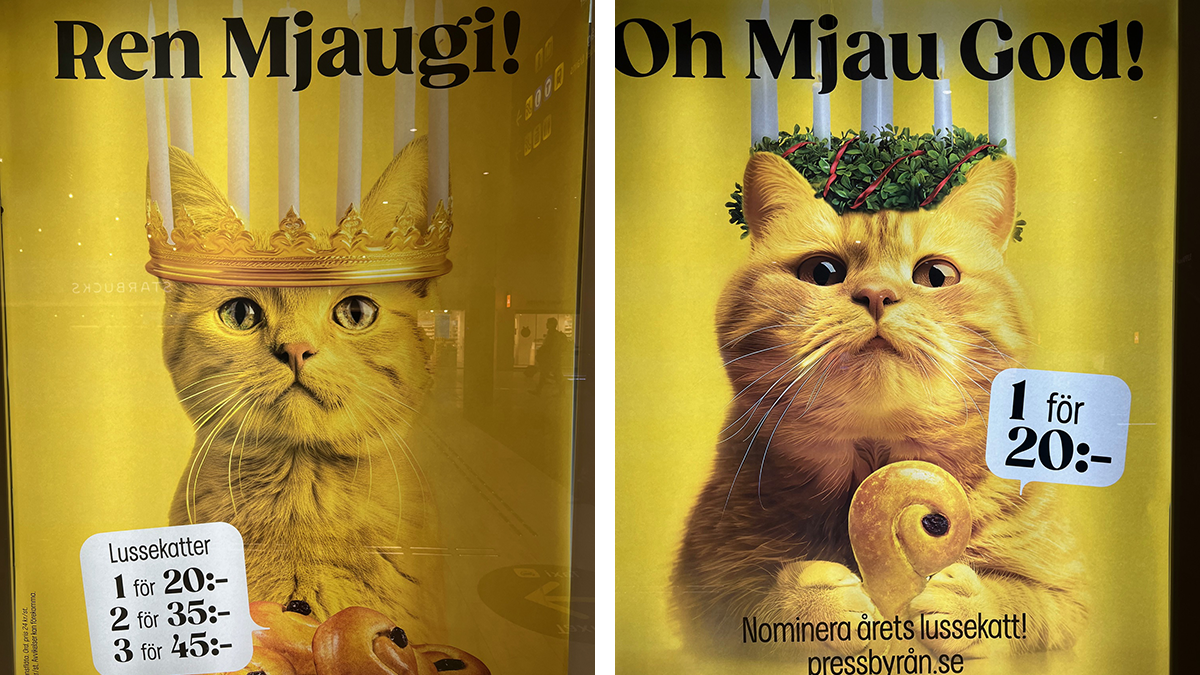
And last year's campaign, much more successful in my opinion...
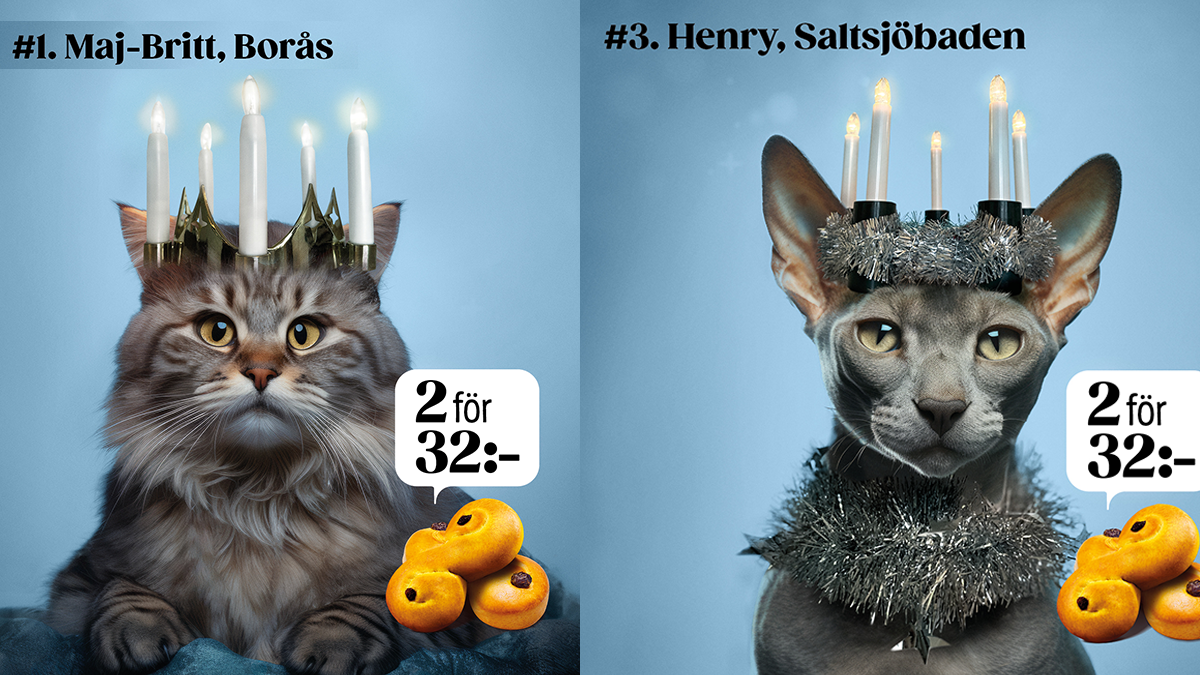
Happy Saint Lucia to all!
 en
en FR
FR IT
IT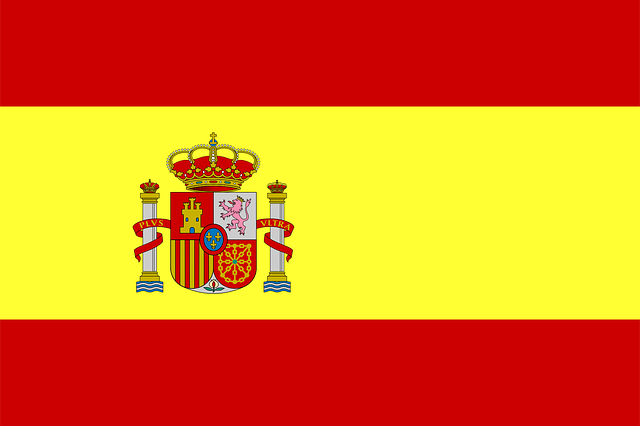 ES
ES
